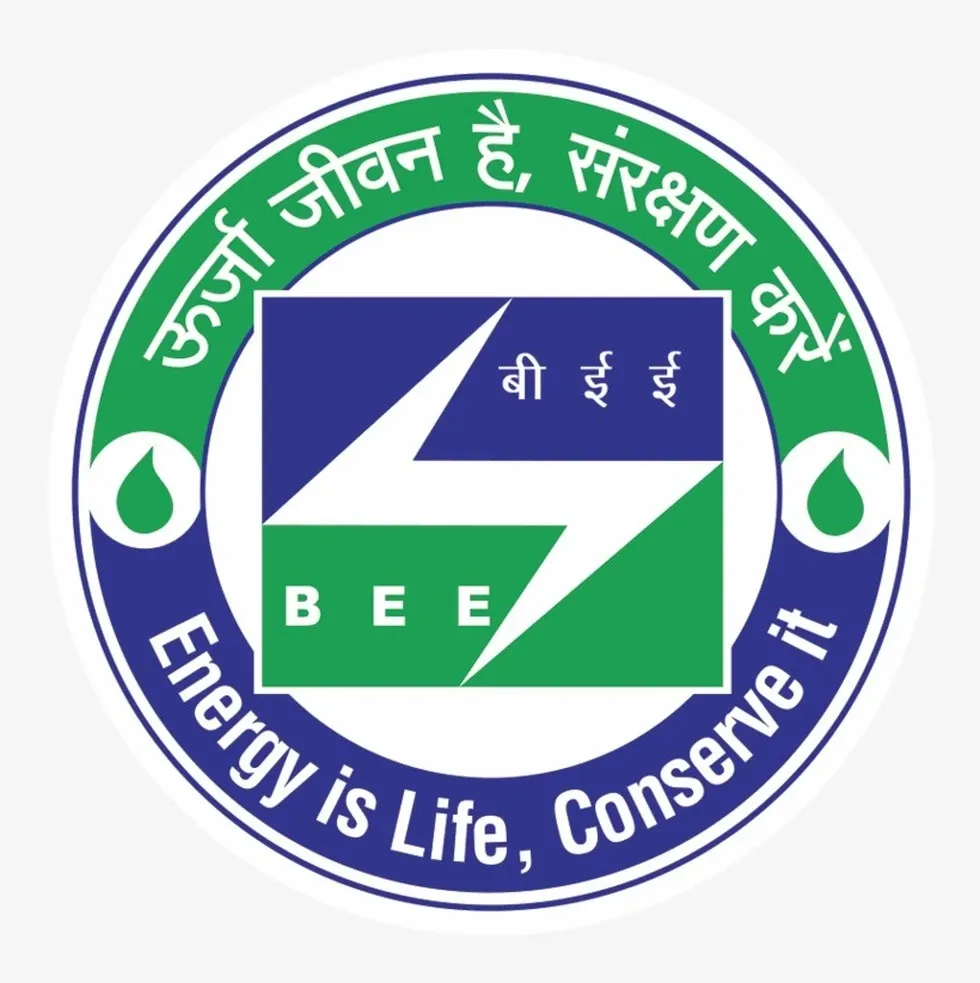About Bureau of Energy Efficiency
- It was established in 2002 under the provisions of the Energy Conservation Act, 2001.
- Objective: The primary objective of BEE is to reduce energy intensity in the Indian economy.
- Function and Duties
- It coordinates with designated consumers, designated agencies and other organizations; recognizes, identifies and utilizes the existing resources and infrastructure, in performing the functions assigned to it under the Energy Conservation Act.
- The EC Act provides for regulatory and promotional functions which are assigned to the organisation.
- Regulatory functions
- Develop minimum energy performance standards for equipment and appliances under Standards and Labelling
- Develop minimum energy performance standards for Commercial Buildings
- Develop Energy Consumption Norms for Designated Consumers
- Nodal Ministry: Ministry of Power
State Energy Efficiency Index 2023
- It is the fifth edition of The State Energy Efficiency Index (SEEI), initiated by Bureau of Energy Efficiency (BEE), in association with Alliance for an Energy Efficient Economy.
- It is to evaluate the annual progress of energy efficiency implementation in the states.
- It identifies and addresses gaps concerning state-level energy efficiency policies, programmes, and investments.
- It assesses the performance of 36 states and UTs using 65 qualitative, quantitative, and outcome-based indicators measures distributed across seven demand sectors: buildings, industry, municipal services, transport, agriculture, electricity distribution companies (DISCOMs), and cross-sector initiatives.
- In SEEI 2023, the states and UTs are categorized as ‘Front runner’ (>=60), ‘Achiever’ (50-59.75), ‘Contender’ (30-49.75), and ‘Aspirant’ (<30) based on their total scores.
- Furthermore, to enable peer-to-peer comparison of performance, all the states and UTs are classified into four groups based on their total final energy consumption (TFEC): Group 1 (>15 million tonnes of oil equivalent (MTOE)), Group 2 (5-15 MTOE), Group 3 (1-5 MTOE), and Group 4 (<1 MTOE).
- The top-performing states in each group are Karnataka (Group 1), Andhra Pradesh (Group 2), Assam (Group 3), and Chandigarh (Group 4).
Q1) What is Renewable energy?
It is energy derived from natural sources that are replenished at a higher rate than they are consumed. Sunlight and wind, for example, are such sources that are constantly being replenished. Renewable energy sources are plentiful and all around us.
Last updated on December, 2025
→ Check out the latest UPSC Syllabus 2026 here.
→ Join Vajiram & Ravi’s Interview Guidance Programme for expert help to crack your final UPSC stage.
→ UPSC Mains Result 2025 is now out.
→ UPSC Notification 2026 is scheduled to be released on January 14, 2026.
→ UPSC Calendar 2026 is released on 15th May, 2025.
→ The UPSC Vacancy 2025 were released 1129, out of which 979 were for UPSC CSE and remaining 150 are for UPSC IFoS.
→ UPSC Prelims 2026 will be conducted on 24th May, 2026 & UPSC Mains 2026 will be conducted on 21st August 2026.
→ The UPSC Selection Process is of 3 stages-Prelims, Mains and Interview.
→ UPSC Result 2024 is released with latest UPSC Marksheet 2024. Check Now!
→ UPSC Prelims Result 2025 is out now for the CSE held on 25 May 2025.
→ UPSC Toppers List 2024 is released now. Shakti Dubey is UPSC AIR 1 2024 Topper.
→ UPSC Prelims Question Paper 2025 and Unofficial Prelims Answer Key 2025 are available now.
→ UPSC Mains Question Paper 2025 is out for Essay, GS 1, 2, 3 & GS 4.
→ UPSC Mains Indian Language Question Paper 2025 is now out.
→ UPSC Mains Optional Question Paper 2025 is now out.
→ Also check Best IAS Coaching in Delhi

















